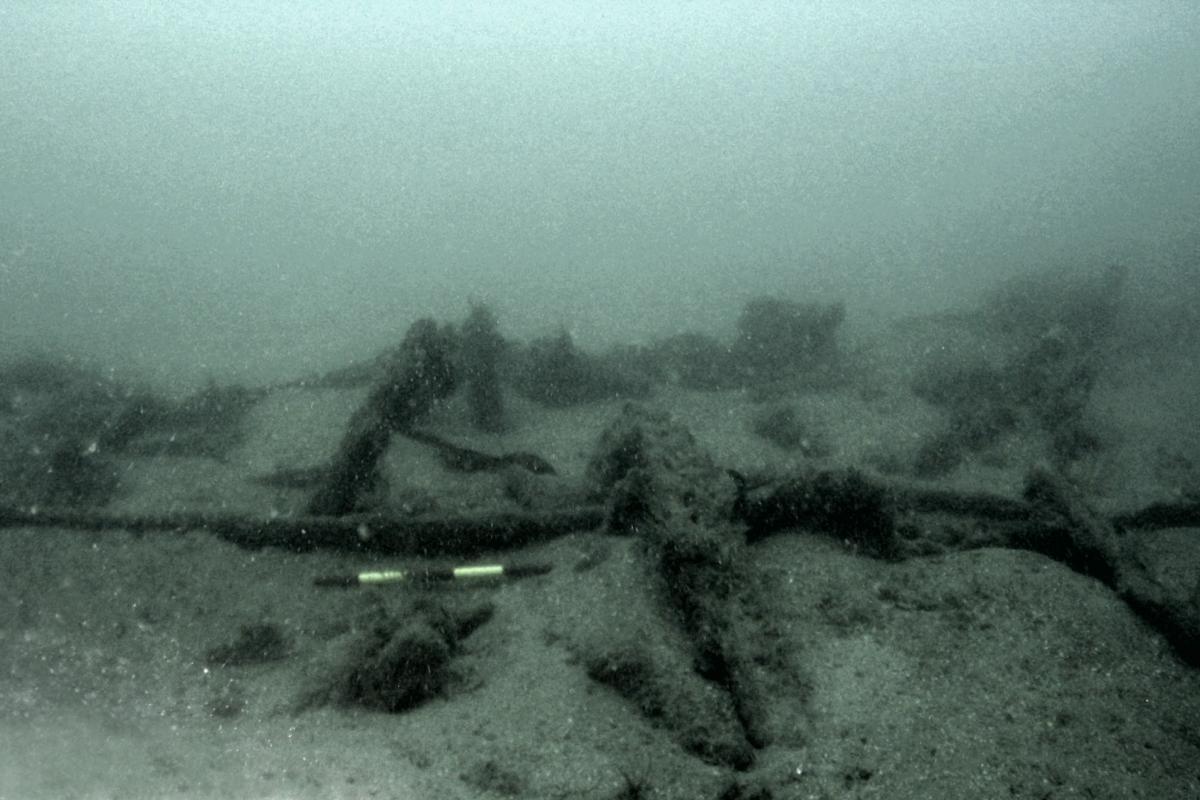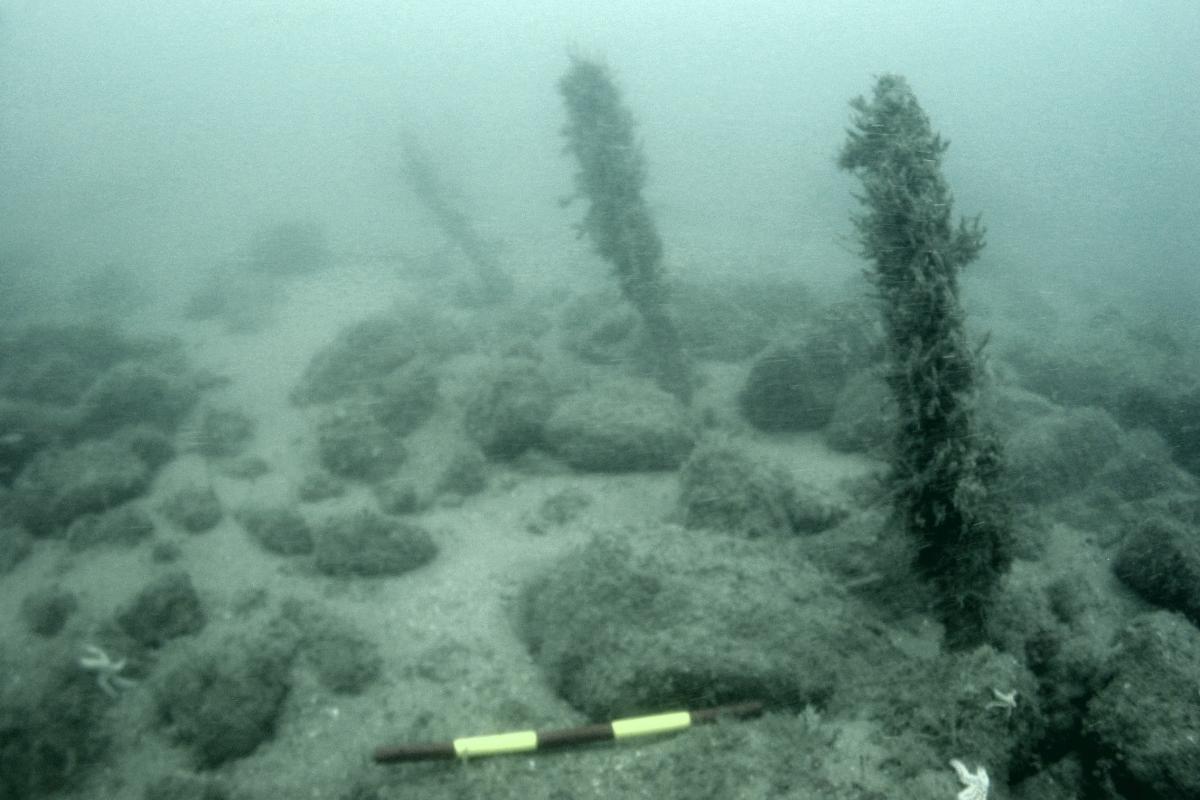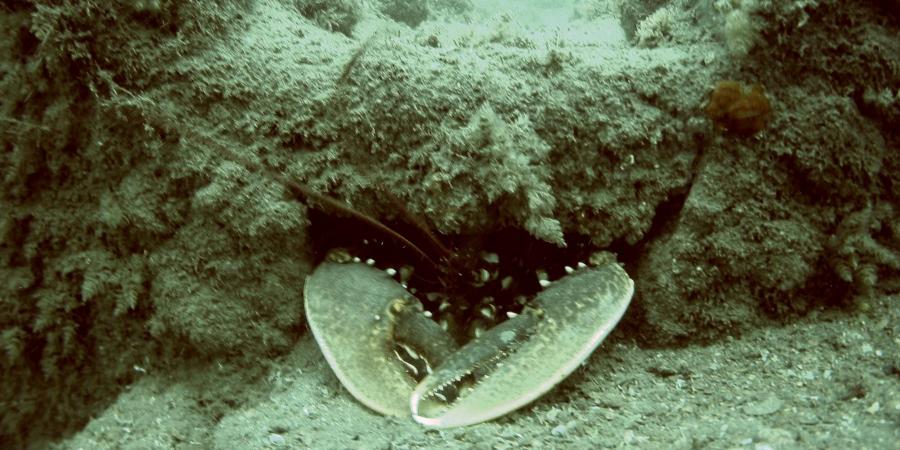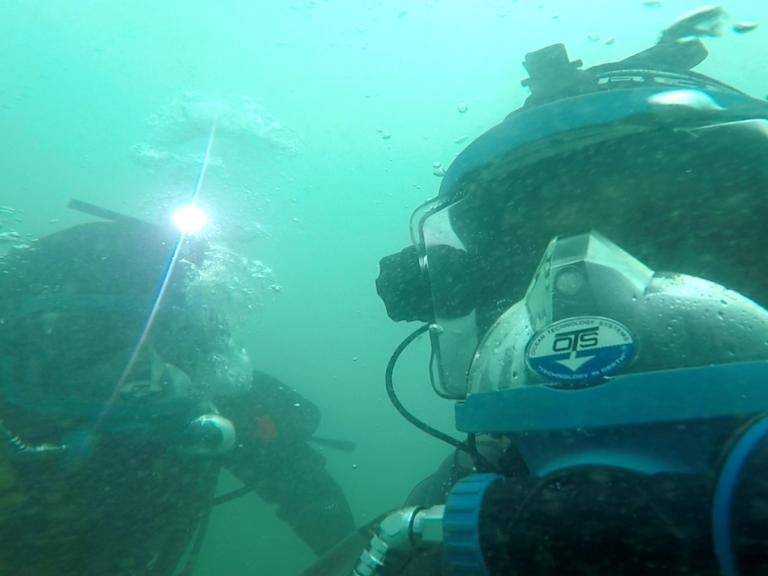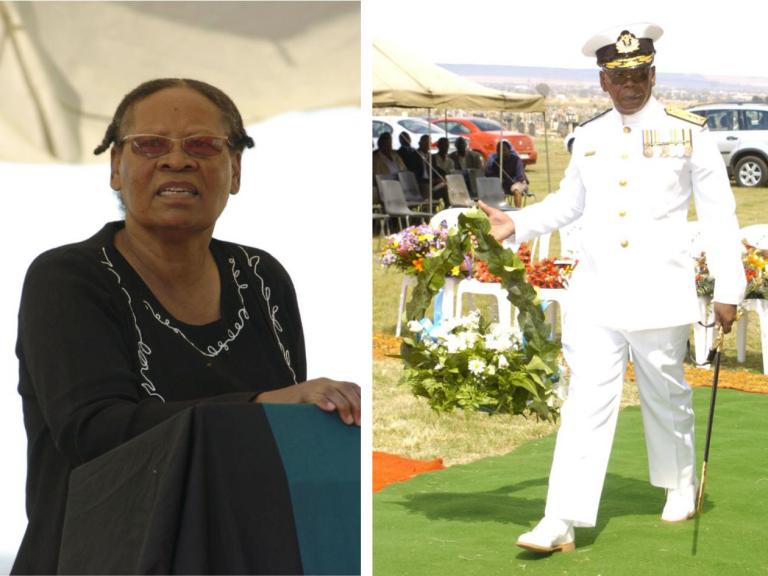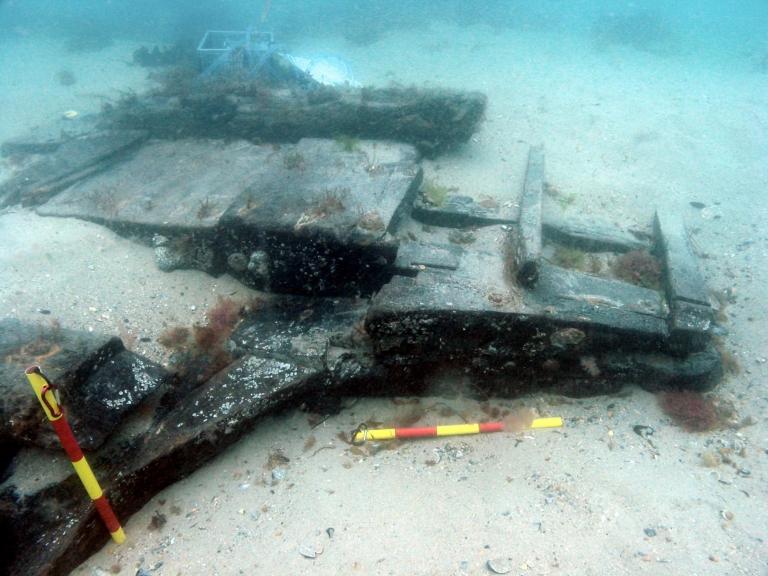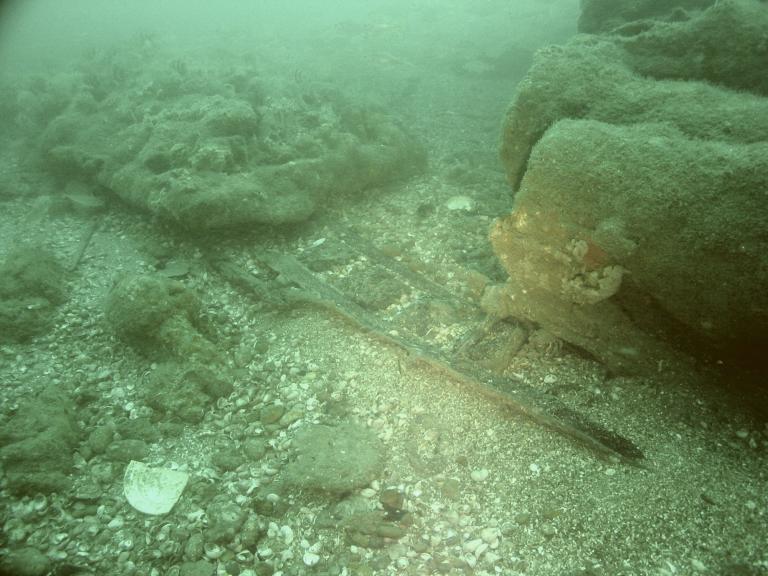The Iona II was lost in 1864 on its way to America where it was to embark on its new occupation as a Confederate blockade-runner during the American Civil War (1861-1865).
The Iona II started life as a fast ferry paddle steamer for the Clyde. When it was built in 1863 it was fitted with a specially designed twin cylinder oscillating engine that was reputed to have given it a top speed of 24 knots.
The ship was bought by Charles Hopkins Boster of Richmond, Virginia, but on its way to cross the Atlantic it sank east of Lundy on the 2nd February 1864. Following its loss the wreck was reported to have been heavily salvaged, although it is still unknown what the salvors were looking for and what they may have recovered.
The Iona II was discovered in 1976 by John Shaw, a local dive operator, who had been looking for another wreck, MV Robert, which lies nearby. Shaw undertook some small-scale excavation at the site.
The wreck site sits upright on the seabed, and it is thought that a large amount of the hull may survive buried in the seabed. The bow and stern sections of the vessel now lie mostly flush with the seabed although the boilers and paddle wheel crankshaft amidships stand approximately 1.5m above the seabed.
The site was investigated by the Archaeological Diving Unit in 1989, and the site was subsequently designated under the Protection of Wrecks Act (1973) in 1990, the wreck also lies within the Lundy Marine Nature Reserve.
A number of individuals hold visitor licences for Iona II.
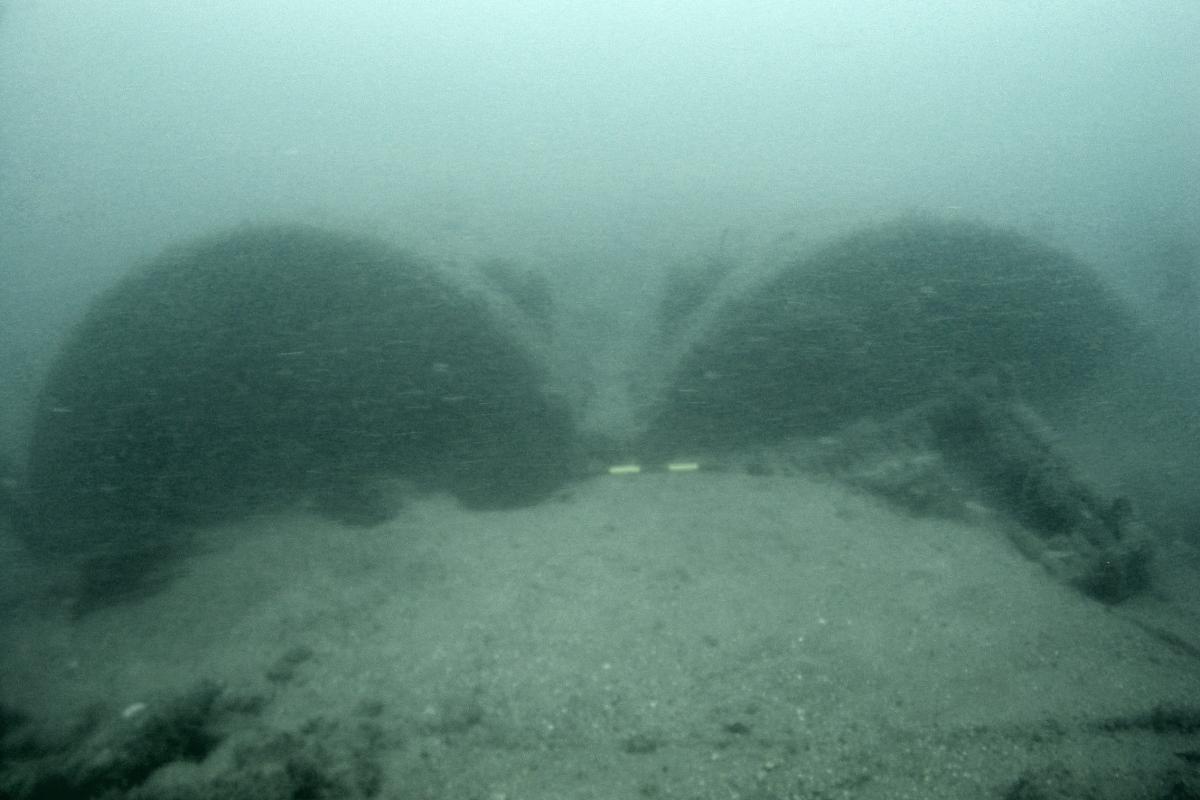
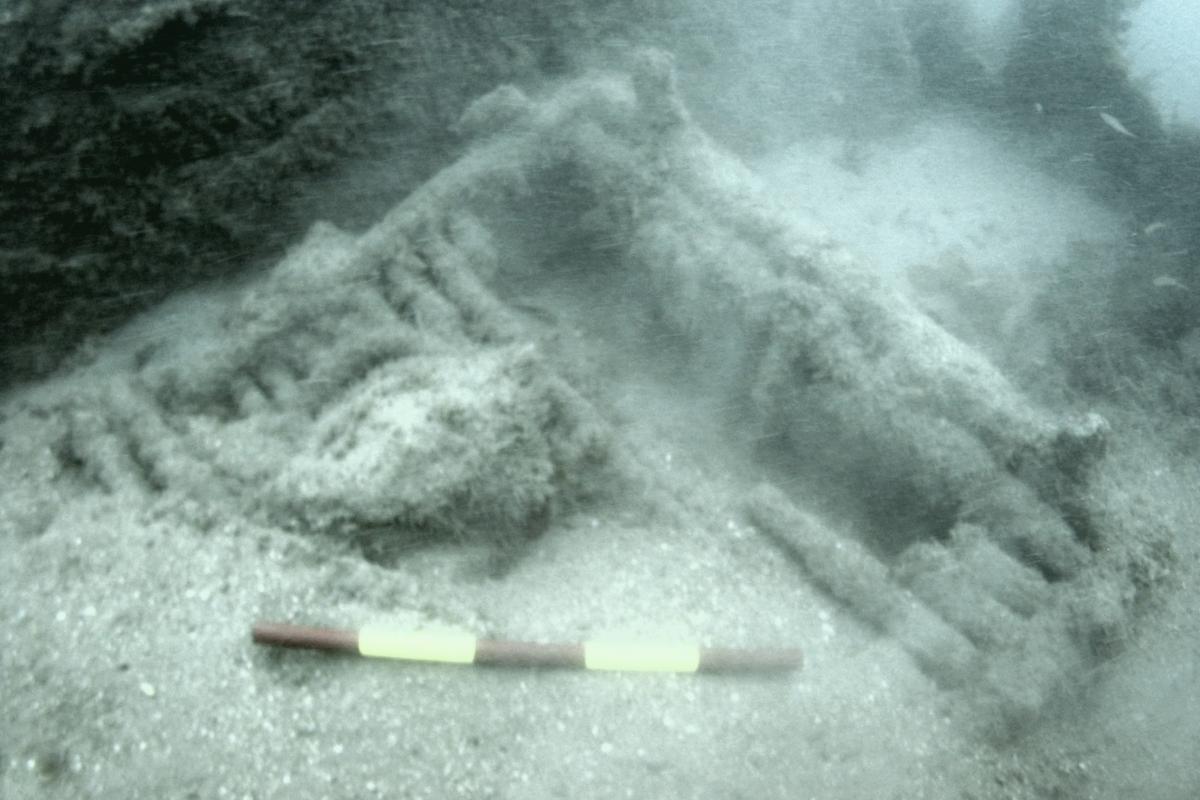
Wessex Archaeology's Diving Investigations
In 2004 English Heritage commissioned Wessex Archaeology carry out a designated site assessment of the Iona II as part of our contract for archaeological services in relation to the Protection of Wrecks Act (1973). Our divers measured the wreck and its key features in detail and made a photographic survey of the wreck that can now be used to monitor the condition of the wreck for the future.
Wessex Archaeology divers also identified a number of key areas around the wreck site that can be used to monitor sediments around the wreck and the structure of the wreck itself. Together with information gathered by other divers who have permission to dive the wreck, any deterioration of the wreck can be identified.
During our work Wessex Archaeology found that parts of the Iona II lay outside the area afforded statutory protection. Our observations of the Iona II were used to alter the restricted area to ensure the whole of the wreck lies within the protected zone.
